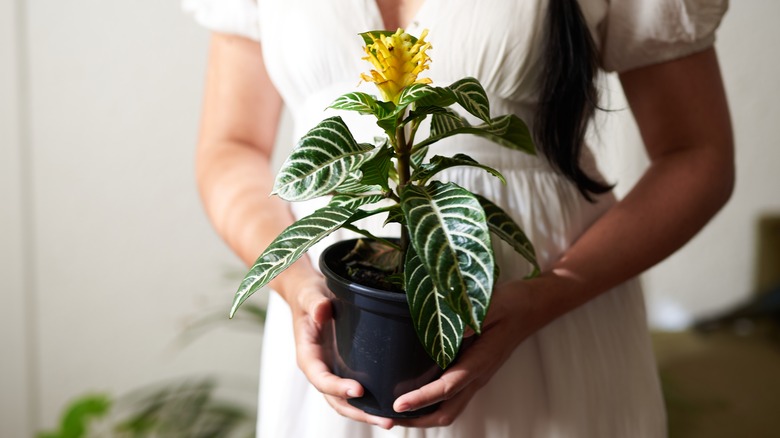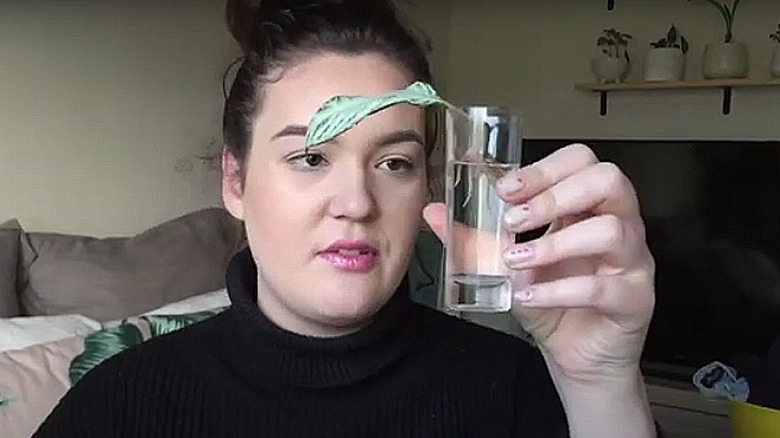Some plants are so enticing because they are visually appealing and make perfect houseplants. Naturally, when you find a plant you love, you may want another, but before you run out and buy more, consider propagating them. For example, you can propagate a zebra plant using just water. Though there are some things you should know about zebra plants before planting them since they require specific conditions to thrive, they are surprisingly easy in other ways. Water propagation is a simple way you can boost your number of zebra plants right at home.
The zebra plant is a popular houseplant known for its stunning foliage. These gorgeous plants tend to thrive in bright, indirect sunlight with moderate watering. However, they do require high humidity levels and need temperatures to stay above 65 degrees. With a quick monthly fertilizer during spring and summer and a well-draining pot, you can keep your zerba plant happy. Once grown, you only need a jar of water to easily propagate it.
How to water propagate a zebra plant

The first thing to do when propagating a zebra plant is to look at all of the available stems; not all of them are created equal when it comes to propagation. Though in certain instances, plant propagation can give new life to dying houseplants, you ultimately want to choose the best of the bunch, which will have a better chance of propagating easily. Choose a stem that feels firm and has visible nodes (the bumps where leaves grow). These nodes are where new roots will emerge. Aim for a stem section that’s 4 to 6 inches long.
With clean shears or scissors, make a clean, diagonal cut just below a node on the chosen stem. This angled cut provides a larger surface area for root growth. Remove a few of the bottom leaves on the cutting to encourage new growth from those nodes at the base. Fill a glass or container with filtered or distilled water, and gently insert the cutting into the water. Make sure the nodes are submerged and the water level doesn’t touch the bottom leaves of the cutting.
Caring for zebra cutting

Reanna Evans/YouTube
Place your container in a warm location with bright, indirect sunlight. Direct sunlight can scorch the leaves, so avoid sunny windowsills. Maintain a consistent temperature of around 70 degrees for optimal root development. Refresh the water every three to four days to prevent bacterial growth and maintain oxygen levels. To do this, simply replace the old water with fresh filtered or distilled water. Rooting can take several weeks, so be patient. Once you see healthy roots growing, typically around an inch or two long, you can transition it to a pot of soil for long-term growth.
Choose a pot with good drainage holes, and fill it with a well-draining potting mix suitable for houseplants. This is key since there is a difference between potting soil and garden soil. Make a hole in the center of the soil slightly deeper than the length of the roots. Gently remove the cutting from the water and carefully plant it in the prepared hole, ensuring the nodes are above the soil surface. Water the plant thoroughly until water runs out of the drainage holes. Once your zebra plant transitions to soil, continue to provide it with bright, indirect sunlight and consistent watering.



